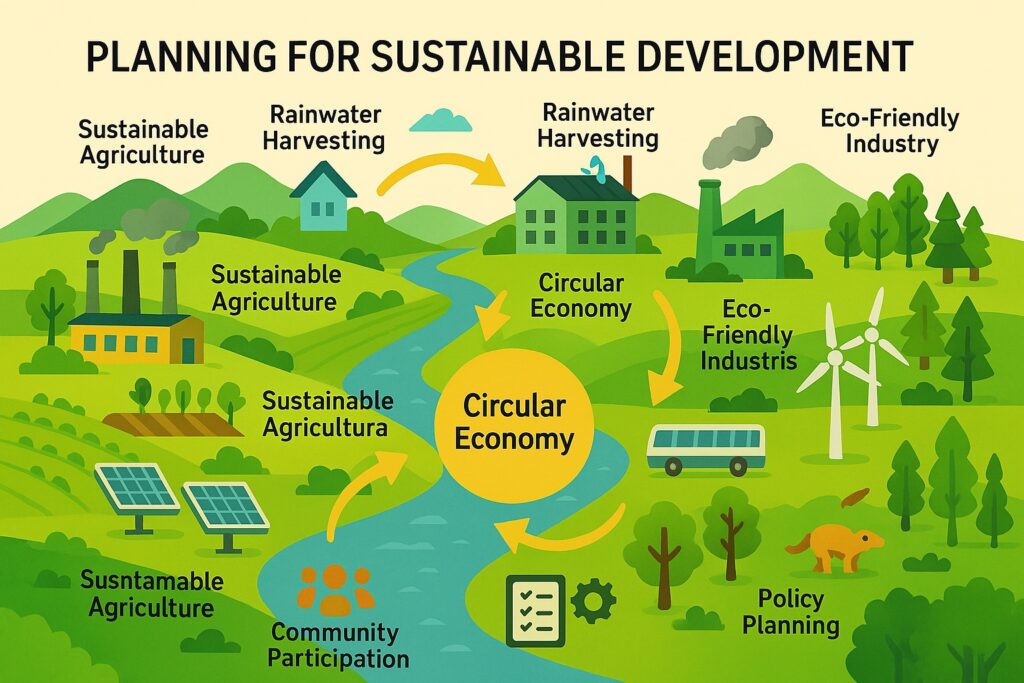Planning for sustainable development is critical for creating thriving communities that can meet the needs of the present without compromising the ability of future generations to meet their own needs. Sustainable development planning involves a holistic approach to development that balances economic, social, and environmental considerations.

- Adopting a long-term perspective: Sustainable development planning requires a long-term perspective that takes into account the impacts of current decisions on future generations. This means considering the long-term implications of development decisions and implementing strategies that promote sustainability over time.
- Fostering community engagement: Community engagement is a critical component of sustainable development planning. Communities should be involved in the planning process from the outset, and their input should be used to guide decision-making. This can help build support for sustainable development initiatives and ensure that development meets the needs of the community.
- Balancing economic, social, and environmental considerations: Sustainable development planning requires a balance of economic, social, and environmental considerations. This means ensuring that economic development is sustainable and does not come at the expense of the environment or social equity. It also means ensuring that social policies are inclusive and do not harm the environment or the economy.
- Encouraging sustainable land use practices: Sustainable development planning should promote land use practices that minimize negative impacts on the environment, such as preserving natural areas and protecting wildlife habitats. It should also encourage sustainable development practices that make efficient use of land and resources, such as compact development and transit-oriented development.
- Promoting sustainable transportation: Sustainable development planning should prioritize sustainable transportation options, such as public transit, active transportation, and shared mobility. This can help reduce greenhouse gas emissions and air pollution, while also providing residents with affordable and accessible transportation options.
- Embracing renewable energy: Sustainable development planning should promote the use of renewable energy sources, such as solar and wind power. This can help reduce greenhouse gas emissions and improve air quality, while also promoting energy independence and economic development.
Overall, planning for sustainable development requires a holistic and collaborative approach that balances economic, social, and environmental considerations. By adopting a long-term perspective, fostering community engagement, promoting sustainable land use practices and transportation options, and embracing renewable energy, communities can create a more sustainable and equitable future for all.